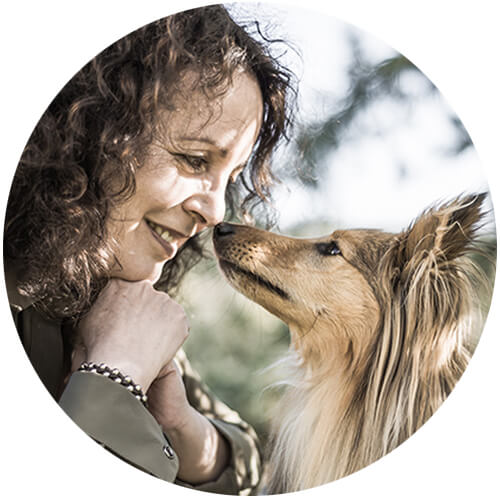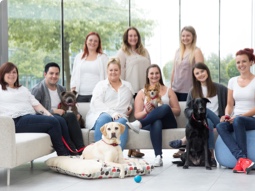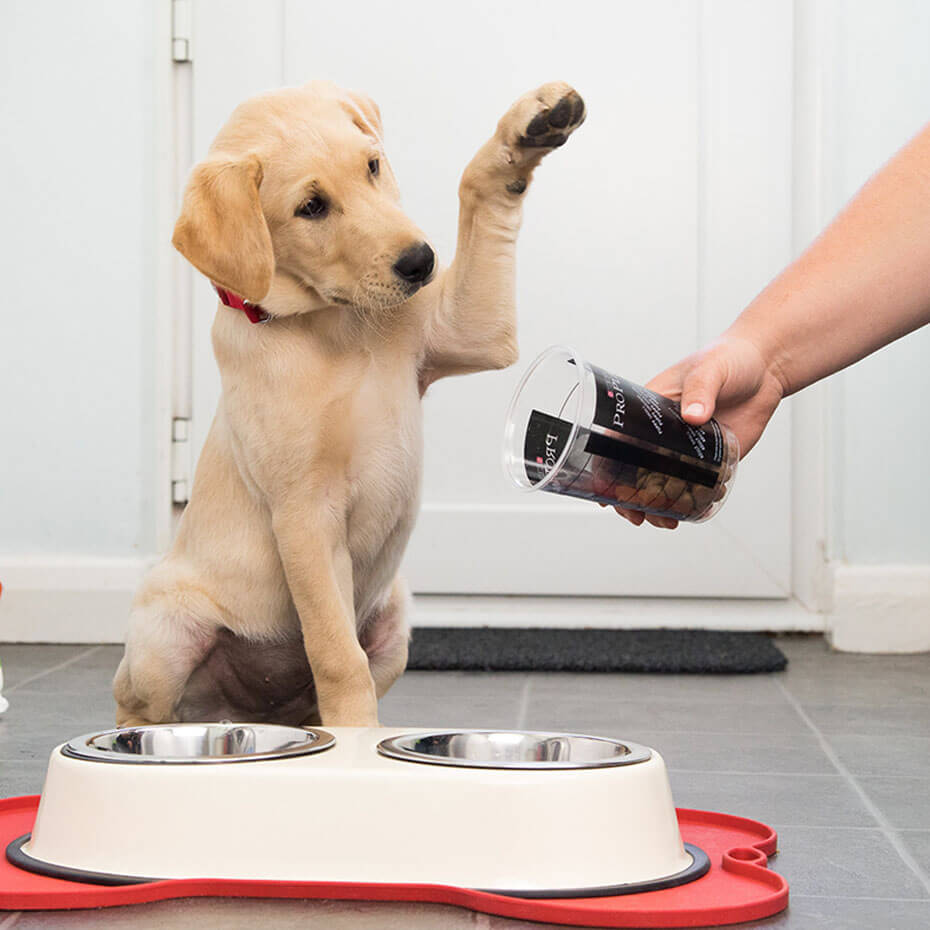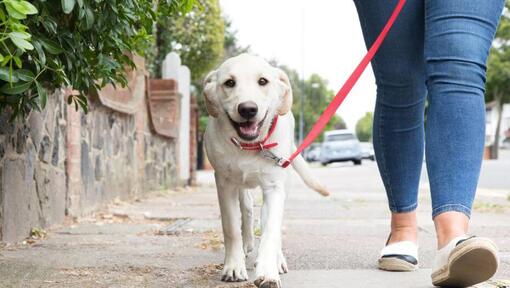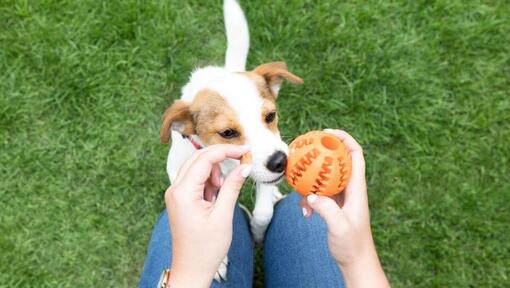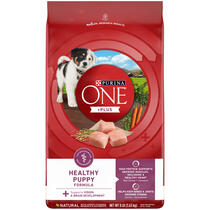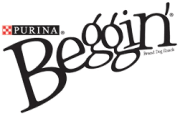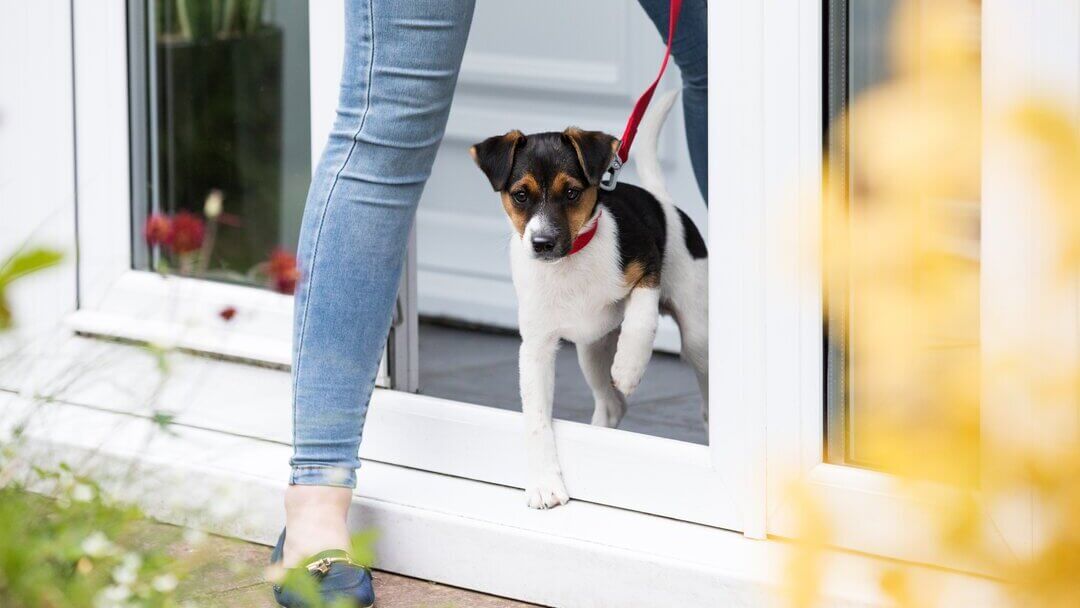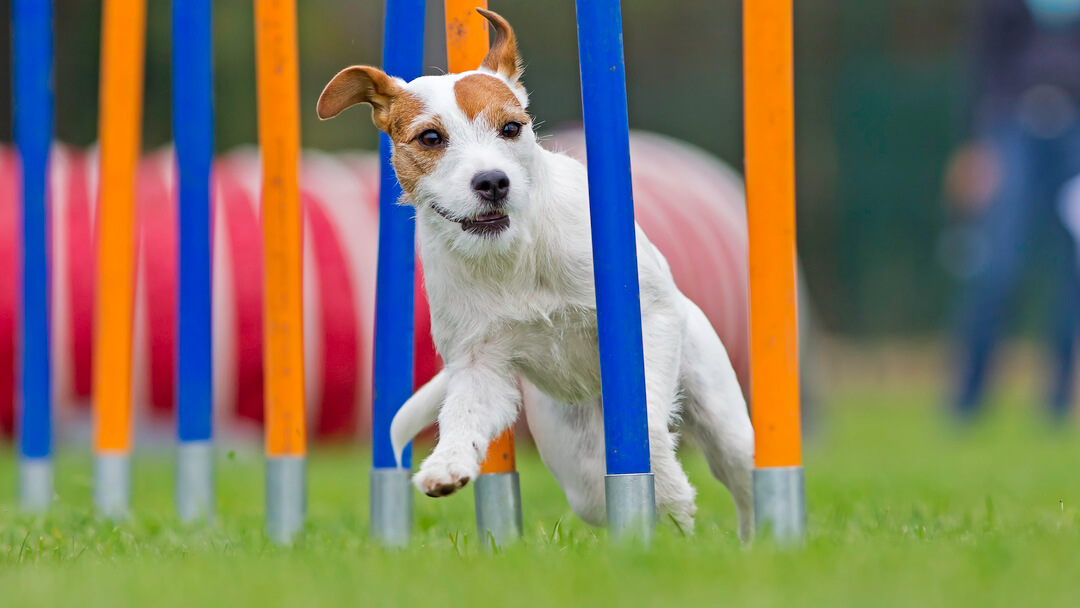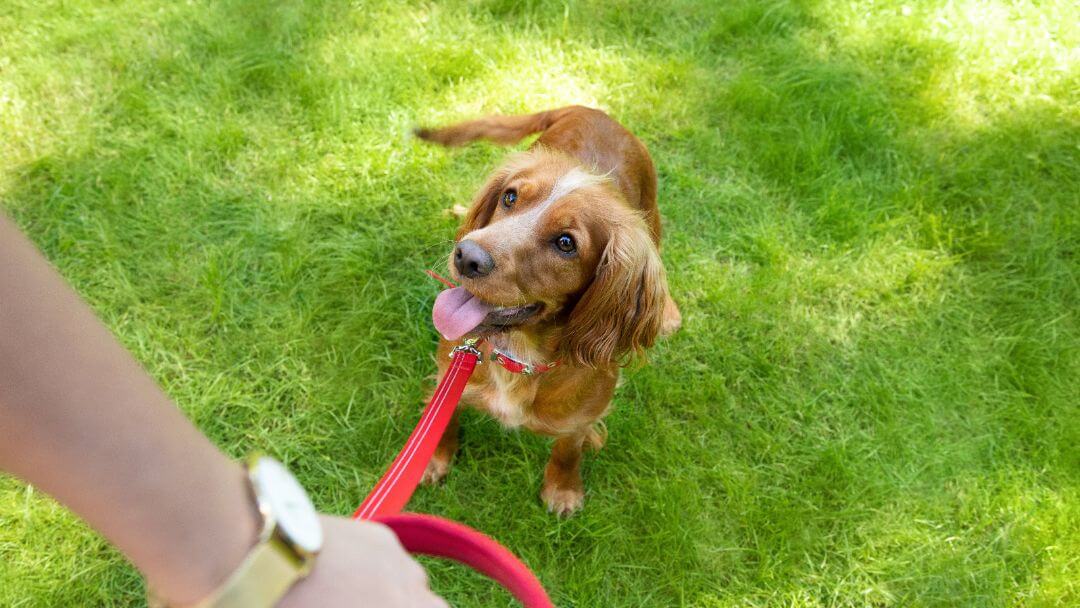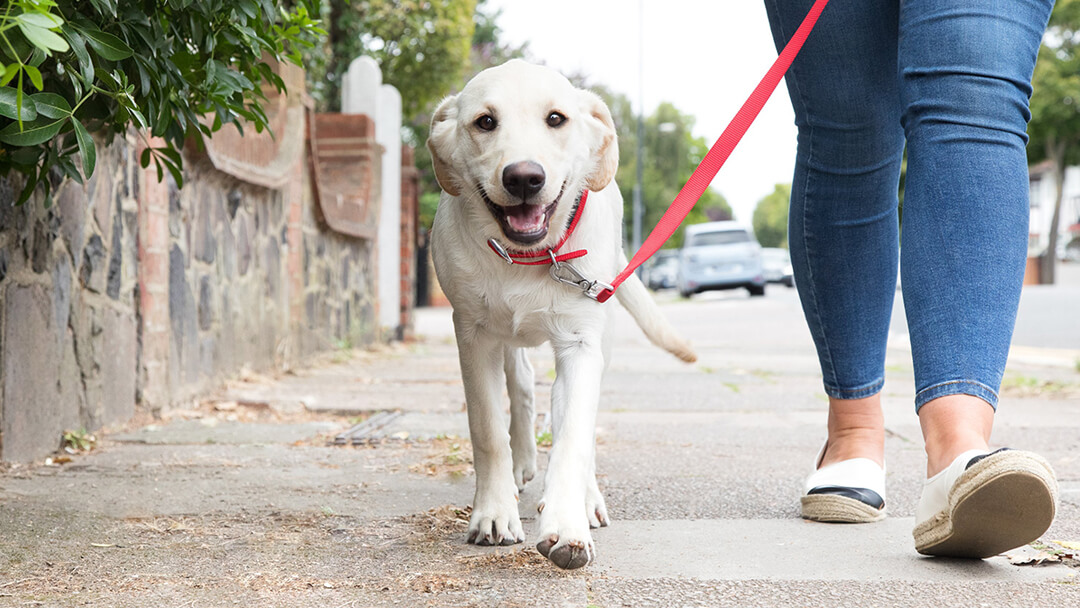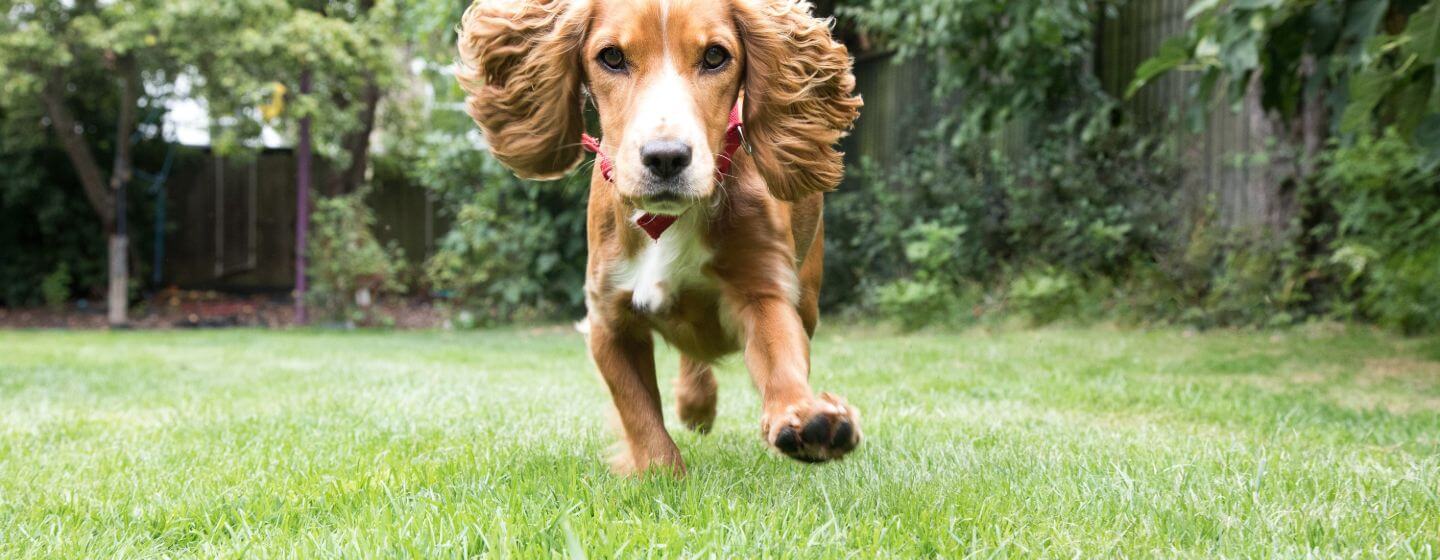

Healthy and happy puppies need their fair share of exercise. This is how to use play and walking effectively without going overboard.
How to not over-exercise your puppy
When we first get a dog, most of us dream of long rambling walks with our new companion - and there is no doubt that exploring the countryside or local parks together is a real joy of dog ownership. In our enthusiasm to ‘get out there’ however, we can sometimes forget that our new puppy is only a baby, and like any baby, their physical abilities are limited. This means that we can cause lasting damage by over-exercising a puppy or expecting too much in the early weeks and even months.
Until a dog reaches sexual maturity – which is different in each breed – their bones are still growing. The growth plates within the bones, which allow them to lengthen as the dog gets larger, stay soft for a surprisingly long time, which is why over-exercising your pup might make them vulnerable to injury. Injuries at this time may not heal properly and can cause lasting problems for the dog. In addition to the soft growth plates, the rest of the puppy’s bones are softer too and so can break easily.
It’s not just the bones that are developing either – these are held together with muscles, tendons and ligaments that are working hard to support the puppy’s growing bones and joints, and they can also be vulnerable to injury caused from over-exercising your puppy or from the wrong kind of exercise or play.
Puppy exercise and puppy walking guidelines
Knowing all this, it’s easy to panic and become overprotective but with a few guidelines, you can make sure you get it right! First of all, remember that puppy exercise is necessary because this is how they increase their bone density – which means strong bones and a decrease in the potential for injury as an adult.
How long should you walk a puppy?
This exercise shouldn’t be marching round the countryside or the local roads on a lead though. In fact, when it comes to continuous puppy walking a good rule of thumb is that puppies should have no more than 5 minutes of exercise for each month of age, two times a day. So a five-month-old puppy would have no more than 25 minutes walking twice a day – and this should be decreased in larger breeds.
Even then, puppy walking should be very relaxed with lots of time to sniff, explore and investigate the environment around them. Puppies are growing their brains as much as their bodies and this early exploration of the world around them is vital to their development.
Keep continuous structured puppy walking to no more than two minutes at any one time – and if at any point the puppy flops down, seems reluctant to walk, or looks tired, listen to them and act accordingly.
Play time counts too!
Despite seeming to have endless energy, puppies are good at self-limiting their own exercise, and so making sure your puppy has plenty of opportunity to run around and play under their own steam is important. If you watch puppies at this age, you’ll see they run around madly for a few minutes and then flop down to rest or sleep.
This isn’t just about their growing bodies however. Puppies do not have the cardiovascular system for endurance either so these shorts burst of energy are all they can manage as they are building stamina for the future.
Puppy play as part of your puppy’s exercise
This self-directed play should form the majority of your puppy’s exercise in their first year – along with early puppy training, brain games and interaction with you. When you are playing with your puppy however keep it low-key.
Make sure any tuggy games are very gentle and never pull the toy upwards or sharply to the sides (as necks and backs are as delicate as legs), avoid any sharp twists and turns if you are throwing toys – and absolutely no jumping until your vet says it is OK (this includes on and off furniture).
Puppy exercise toys
Interactive toys are perfect for puppy exercise as not only do they exercise their bodies, they also exercise their brains. Everything from stuffed Kongs to creating treasure hunts and sniff trails in the garden where your puppy can use their nose and their natural instinct to explore to find dried food or other treats are great fun for puppies and help grow the bond between you too.
While the amount of puppy exercise they can do is limited, don’t forget their brains are like a sponge and so this is a great time to focus on your puppy’s training – a good puppy class will help and also advise you on what is appropriate for your pup.
These early months are ones where you are building your relationship with your puppy – teaching them that their new world is safe and that you are fun to be with. This is where bonds are made through games, play and gentle handling – not through marching across the countryside. There’s plenty of time for that later!
There is plenty of puppy exploration to look forward to. Get your pup ready to meet other people and fellow dogs with these top tips for puppy socialisation.
